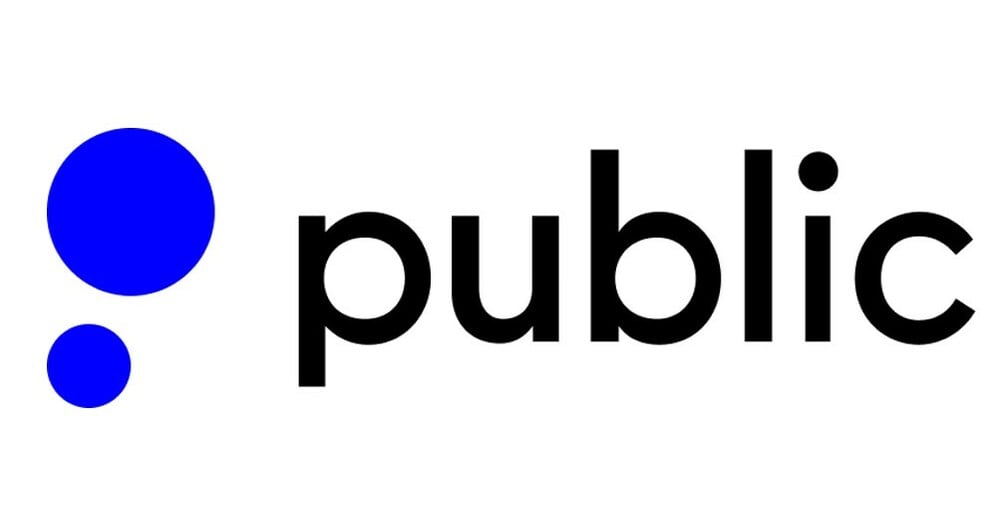Dividend Reinvestment Plans: What They Are and How They Work
There are two main types of dividend reinvestment plans that let investors automatically reinvest dividends paid by the stocks they own: brokerage account plans and company DRIPs.

Many, or all, of the products featured on this page are from our advertising partners who compensate us when you take certain actions on our website or click to take an action on their website. However, this does not influence our evaluations. Our opinions are our own. Here is a list of our partners and here's how we make money.
The investing information provided on this page is for educational purposes only. NerdWallet, Inc. does not offer advisory or brokerage services, nor does it recommend or advise investors to buy or sell particular stocks, securities or other investments.
What is dividend reinvestment plan?
A dividend reinvestment plan is when you own stock that pays dividends and you choose to have those dividends automatically reinvested, rather than receiving the dividends as cash.
Many companies pay out dividends to their stockholders. When you reinvest your dividends, you use those payments to buy more company stock.
Is dividend reinvestment a good idea?
Dividend reinvestment, like any investment, has pros and cons. But reinvesting dividends can be a powerful way to boost your returns over the long term.
NerdWallet rating 4.8 /5 | NerdWallet rating 4.6 /5 | NerdWallet rating 4.6 /5 |
Fees $0 per online equity trade | Fees $0 | Fees 0% - 4% varies by type of transaction; other fees may apply |
Account minimum $0 | Account minimum $0 | Account minimum $0 |
Promotion None no promotion available at this time | Promotion Earn up to $10,000 when you transfer your investment portfolio to Public. | Promotion Get $200 in crypto when you sign up. Terms Apply. |
How do I set up a dividend reinvestment plan, or DRIP?
There are two main ways to set up a dividend reinvestment plan:
You can invest directly in the dividend reinvestment plan, or DRIP, offered by the company you want to invest in, assuming it has one. You don’t have to have a brokerage account to do this.
If you invest through a brokerage account, many stock brokers will let you choose to reinvest your dividends, rather than receive them as payouts.
» Check out our roundup of the best online brokerages for dividend investing
Pros and cons of company DRIPs
Pros of company DRIPs
You can purchase stock by reinvesting your dividends, and often, companies will let you buy additional stock on a fractional basis. That means you can buy small pieces of the stock with your dividend reinvestment, rather than waiting until you have enough to purchase a full share.
Companies sometimes offer their stock at a discount to the market price (in some cases, the discount is available only on the shares purchased through dividend reinvestment, not the optional cash purchases).
Some company DRIPs don’t charge commissions or fees to enroll or to buy shares.
Some company DRIPs let you invest through your IRA. (See if automatically reinvesting your IRA dividends makes sense for you.)
Cons of company DRIPs
The companies may follow their own schedules for investing your money — it may be days between the time the company receives your “buy” request and the time it invests your money, and the same goes for selling shares. This could mean the price of the stock has fluctuated.
Some companies require that you’re already a shareholder to enroll in a DRIP. One solution is to buy a single share from a broker and then ask the broker to register that share in your name (the broker likely will charge a fee for this service).
There may be enrollment and other fees, which often cost more than reinvesting dividends through a brokerage account. There’s usually a fee to sell shares as well. DRIP fees and terms vary, so it would be wise to do your research to find the best plans (and, of course, make sure the company is a worthwhile investment).
Managing multiple company DRIPs may entail more paperwork than holding a single brokerage account.
Company DRIP plans are solely for people who want to invest in individual stocks — and one specific stock, at that. This limits your ability to invest in other options that are available through brokerage accounts, like mutual funds or exchange-traded funds.
» Interested in funds instead? Compare the best brokers for mutual funds.
If you want to know which companies offer DRIPs, visit the stock purchase page of Computershare, a company that acts as a transfer agent for many DRIPs.
Pros and cons of brokerage account DRIPs
Pros of brokerage DRIPs
You can access multiple investment types — individual stocks, mutual funds and ETFs, to name a few — from the convenience of one account.
Because of the wider investment selection through brokerage firms, it's easier to diversify your holdings, either by investing in many dividend stocks or by choosing a mutual fund, which invests in many companies on your behalf.
It may be simpler to reinvest dividends through a brokerage account, which offers consolidated investment statements and a one-stop-shop for investing. (In company DRIPs, you have to track down the details of each company’s plan. Once enrolled, you’ll likely receive a separate statement for each DRIP you’re invested in.)
Cons of brokerage DRIPs
Not all brokers offer fractional shares, but the practice is becoming more common. (Here's a list of brokers that offer fractional shares.)
Brokers don't offer stock at a discount. If you're investing in a company that discounts its shares through its DRIP plan, you may save money by enrolling directly with the company.
Earn 4.39% APY by investing in U.S. Treasury Bills*
Maximize your cash by investing in low-risk, government-backed T-Bills. All the work is done for you — just make the deposit and watch your money grow.

Do I pay taxes on reinvested dividends?
Yes. it’s important to keep your records straight, because generally you owe tax on dividends in the year you received them, even if those dividends were immediately reinvested.
» Dive deeper into dividend taxes: Check out the different dividend tax rates.
Key takeaways of dividend reinvestment
However you do it, whether you use company DRIPs or brokerage DRIPs, reinvesting dividends can be a powerful way to boost your returns over the long term, many financial advisors say.
That said, keep an eye on any investment in which you’re reinvesting dividends continuously over time — generally, it's a good rule of thumb to avoid investing too much in one place.










